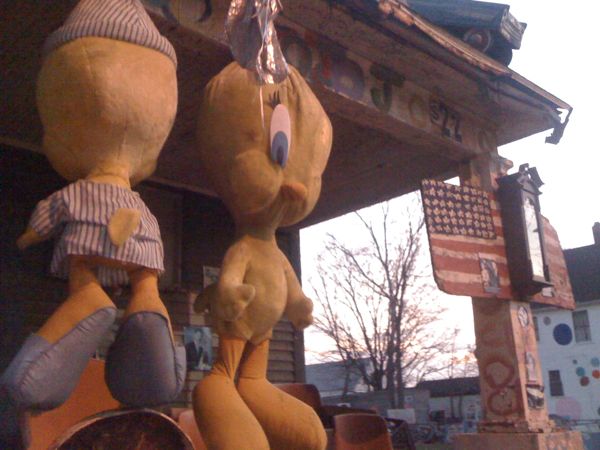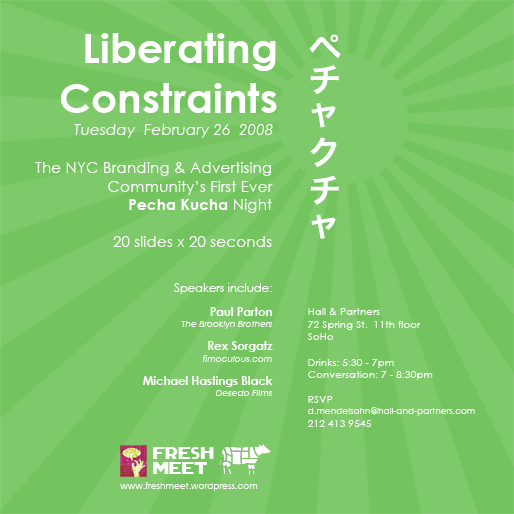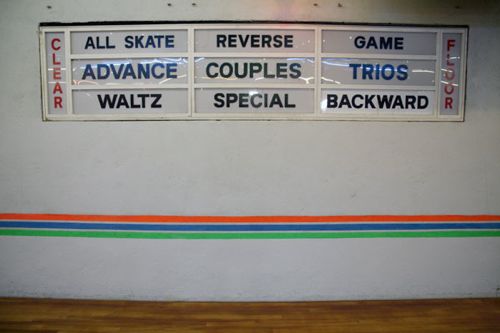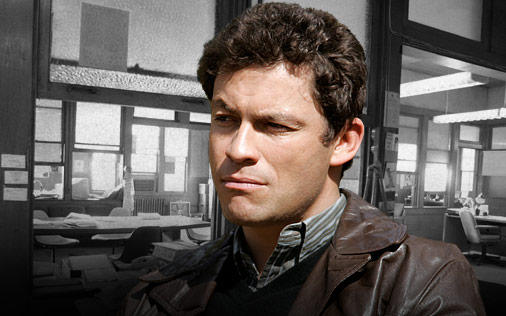
Jordan Alport was selected as a 2010 fellow with the The Design Trust / Council of Fashion Designers of America (CFDA). He will be helping to create and launch Made in Midtown, a study about the role that the Fashion District plays in the life of NYC.
As explained by The Design Trust:
New York remains a global fashion leader, but few outside the industry understand the complex networks that establish both its competitive edge and the unique character of its physical spaces. Made in Midtown will make the Garment District’s industrial ecosystem visible and accessible to a broad public audience and will present a compelling vision for the District’s future based on an accurate assessment of the political and economic resources available to support creative industries in Midtown and throughout New York City.
Project Fellows – a filmmaker, a journalist, an urban planner and an urban design team – will interview and film key stakeholders (from designers to garment workers, landlords to suppliers), weaving these stories together with accessible, engaging infographics and diagrams that illustrate how fashion industry businesses are tied to each other and to the physical spaces of the District.
The Fellows will also examine how specific elements – from storefronts displaying colorful fabrics to the ubiquitous garment delivery racks crowding the sidewalks – help produce the Garment District’s unique identity. All of this work will culminate in an interactive website and an accompanying publication that will help guide policies for light manufacturing industries citywide.












